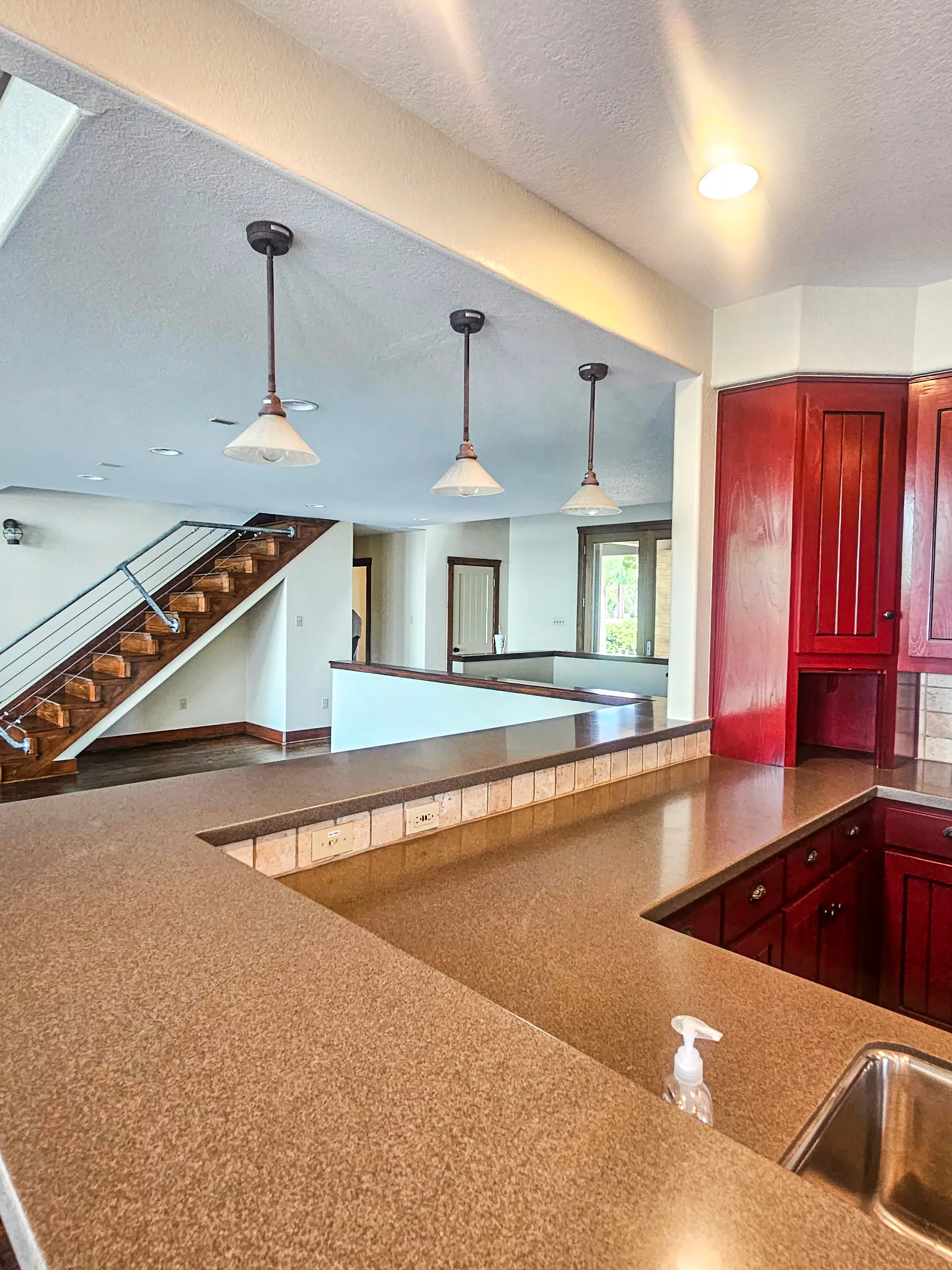Industrial Buildings in Cresson, TX
Industrial Buildings in Cresson, TX
Industrial painting and protective coatings for warehouses, plants, and manufacturing facilities in Cresson, TX provide more than aesthetics—they protect assets, improve safety, and reduce long-term operating costs. Local conditions around Cresson—hot summers, high UV exposure, seasonal humidity, and proximity to growing distribution and manufacturing activity in the Granbury/Fort Worth area—create specific challenges for steel structures, concrete floors, and process equipment.

Common industrial building issues in Cresson, TX
- Corrosion of structural steel and support members from humidity and occasional salt in atmospheric dust.
- Surface deterioration of exterior coatings due to intense UV and heat, leading to chalking and loss of protection.
- Chemical attack and staining in process areas or storage zones where spills and aggressive liquids are present.
- Concrete floor failures: abrasion, delamination, cracking, and contamination from oils and chemicals common in warehouses and manufacturing.
- Safety and operational risks from faded or worn floor markings, inadequate slip resistance, and unclear traffic pathways.
- Downtime pressures—facilities need coatings applied with minimal disruption to operations.
Heavy-duty coating solutions and where they belong
- Anti-corrosion systems for steel: zinc-rich primers followed by epoxy intermediate coats and UV-resistant polyurethane topcoats for exterior areas. For immersed or highly corrosive environments, use high-solids epoxy or polysiloxane systems.
- Chemical-resistant linings: novolac epoxies and specialty phenolic or fluoropolymer coatings for tanks, drains, and areas exposed to aggressive solvents or acids.
- Industrial floor systems: high-build epoxy mortars for heavy abrasion, polyaspartic or polyurethane topcoats for fast return-to-service, and urethane cement or epoxy novolac for chemical immersion zones.
- Safety markings and striping: durable thermoplastic, epoxy-backed tapes, or epoxy paint systems designed for forklift traffic and frequent washes.
- Anti-slip and anti-static finishes: aggregate-blended topcoats for walkways and anti-static conductive flooring for electronics/manufacturing areas.
Surface preparation and quality control
Effective industrial coatings start with proper surface preparation. Typical methods include:
- Abrasive blast cleaning to SSPC (Society for Protective Coatings) standards for heavily corroded or bare steel.
- Mechanical power-tool cleaning for areas where blasting isn't feasible.
- Shot blasting or diamond grinding of concrete to remove contaminants and profile the substrate for bonding.
- Solvent cleaning or chemical stripping for stubborn coatings or oily residues.
Quality control measures include profile and cleanliness testing, adhesion checks, dry film thickness verification, and environmental monitoring of temperature and humidity. For lead-containing old coatings, testing and abatement plans are integrated into the prep scope.
Project planning, shutdown coordination, and safety
Large industrial buildings require detailed scheduling and logistics:
- Phased work plans to keep critical operations running while sections are coated.
- Night and weekend shifts or rapid-cure systems (polyaspartics) to shorten downtime for floors and active areas.
- Confined-space entry procedures, continuous monitoring, and trained personnel for tank and pit work.
- Permit coordination, ventilation plans, and containment to manage dust, overspray, and waste.
- Compliance with OSHA safety standards, confined-space entry certifications, and crew training in SSPC/AMPP (formerly NACE) best practices.
Certifications, compliance, and environmental considerations
Industrial coating work in Cresson must meet regulatory and industry standards. Common compliance elements are:
- SSPC/AMPP surface preparation and coating application standards for consistency and long-term performance.
- Documentation of paint systems, cure schedules, and test results for client audits and asset records.
- VOC-compliant product selection and responsible waste containment and disposal to meet state and local regulations.
- HAZWOPER and confined-space trained personnel when hazardous materials or environments are present.
Typical process and timeline (what to expect)
- Site assessment and specification: review substrates, environment, production schedules, and exposure conditions to recommend system and timing.
- Surface preparation: blasting, grinding, or cleaning to specified profile and cleanliness.
- Primer and intermediate coats: apply corrosion-control layers or primers to achieve adhesion and protection.
- Topcoat application: UV-resistant and chemical-tolerant finishes applied under controlled conditions.
- Final inspection and testing: film thickness, adhesion, and visual acceptance checks; documentation handed over to facility managers.
Seasonal factors in Cresson can affect curing and scheduling—high humidity and summer heat influence recoat windows and cure times—so product selection and timing are tailored to local weather patterns.
Long-term maintenance and lifecycle value
A proactive maintenance program stretches the life of coatings and reduces unexpected repairs:
- Scheduled inspections every 6 to 12 months focusing on high-wear areas, coating integrity, and touch-up needs.
- Touch-up protocols and spare-material storage to address localized corrosion or damage quickly.
- Floor maintenance plans: routine cleaning with compatible detergents, periodic recoat strategies, and rapid repair procedures for gouges or spalls.
- Asset lifecycle planning: coating recoat intervals based on exposure, with cost comparisons showing prevention is cheaper than structural repair.
Benefits of an organized maintenance program include lower total cost of ownership, improved workplace safety, regulatory compliance, and predictable budgeting for capital expenditures.
Why choose the right industrial coating strategy in Cresson
Selecting coatings and project methods that account for regional climate, operational constraints, and exposure conditions ensures durable protection for warehouses, plants, and manufacturing facilities in Cresson, TX. The right combination of surface preparation, corrosion- and chemical-resistant systems, floor technology, safety markings, and a documented maintenance program reduces downtime, extends asset life, and keeps facilities compliant and safe for workers.
If you manage an industrial facility in the Cresson area, prioritizing heavy-duty coating systems and disciplined project management is an investment that protects equipment, improves productivity, and secures long-term operational reliability.
Service Areas
Marin's Painting proudly serves a wide range of areas, ensuring top-quality painting services for both residential and commercial properties. Our team is dedicated to transforming spaces with precision and care.



